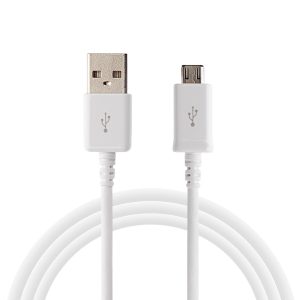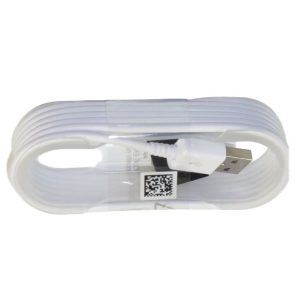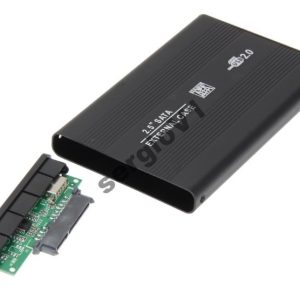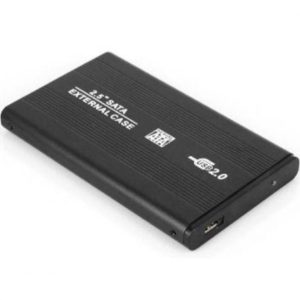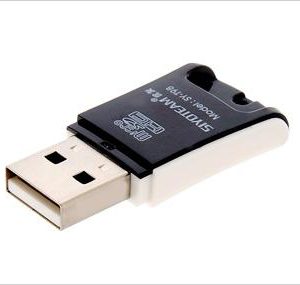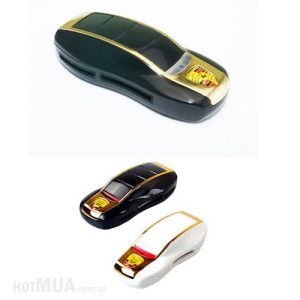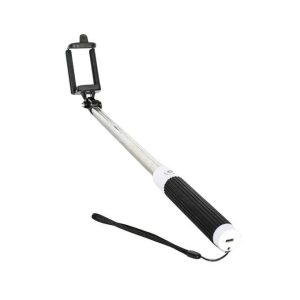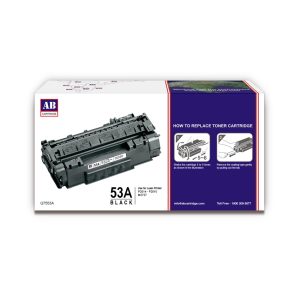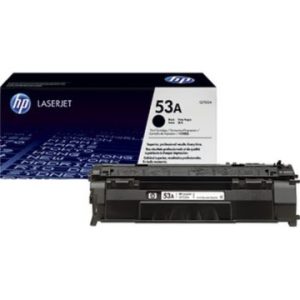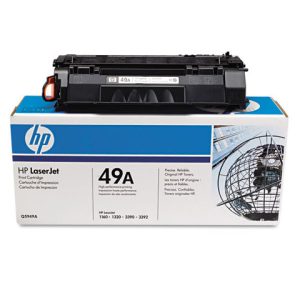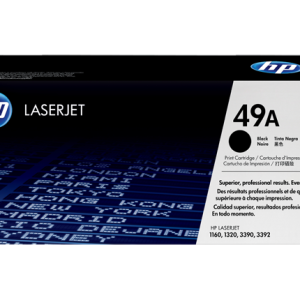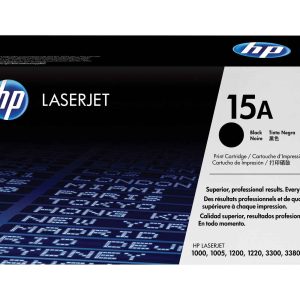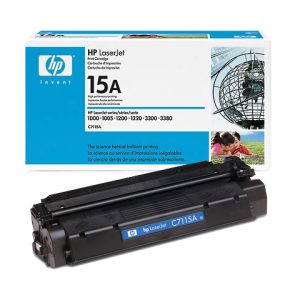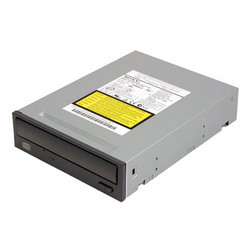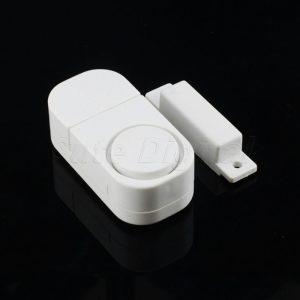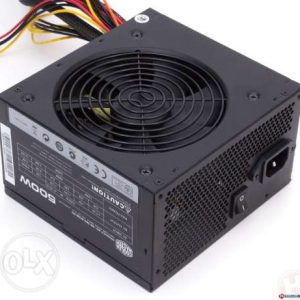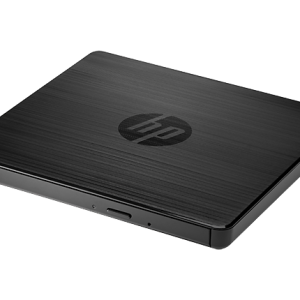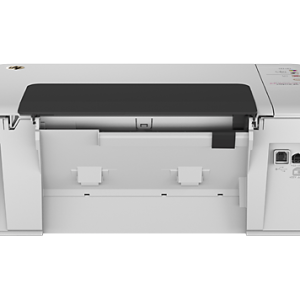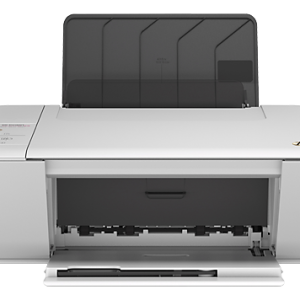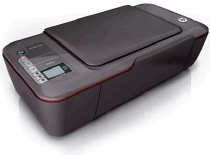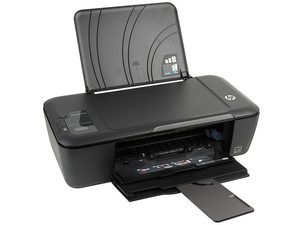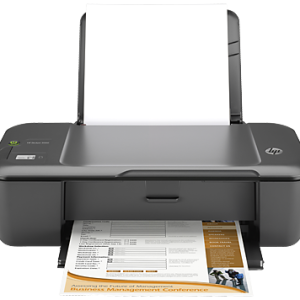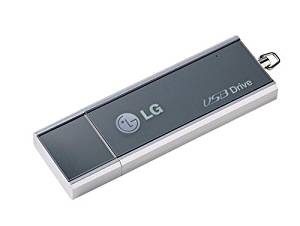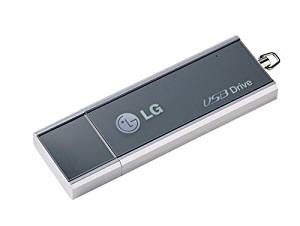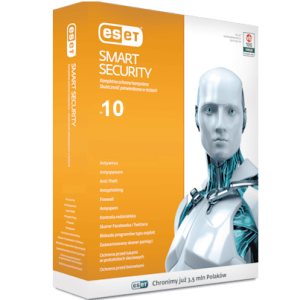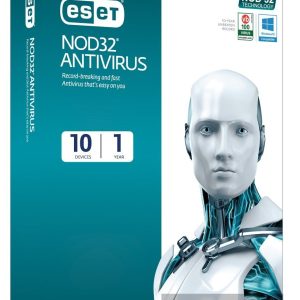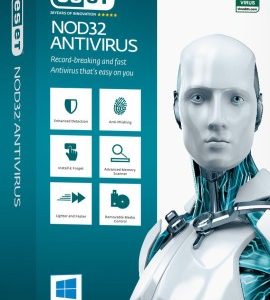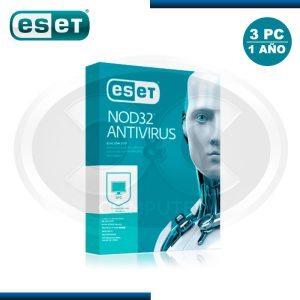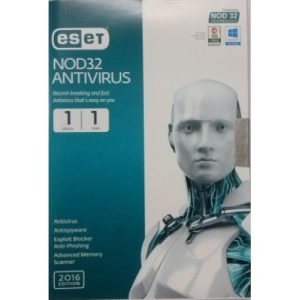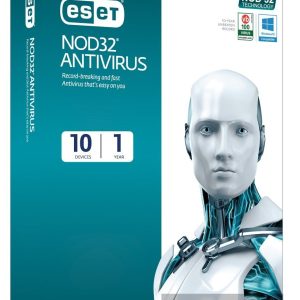The installer checks your system for conflicts and downloads the latest code. During installation, you must tell it whether to include detection of potentially unwanted applications. For testing purposes, I enabled this detection. After installation, it immediately launches a scan.
The main window includes quite a bit of whitespace, along with a large image of ESET’s blue-eyed cyborg mascot. To launch a scan or an update, you can use either the left-side menu or a pair of large blue panels near the bottom of the window. If there’s a problem with configuration, the green security banner changes to red. And if there’s something needing your attention—the results of a completed scan, for example—you see a little number next to the corresponding menu item.
Speedy Scanner
In addition to the expected full antivirus scan, you can configure NOD32 to perform a custom scan. The custom scan lets you choose which local and network drives to scan, and choose whether to scan the boot sector and operating memory.
A full scan of my standard clean test system with NOD32 took just over 20 minutes. That’s quite good, considering that the average scan time for current products is more than 45 minutes. On subsequent scans, NOD32 skips scanning programs that it already identified as safe, which dramatically cuts down the scan time. On my test system, a repeat scan finished in just 30 seconds.



